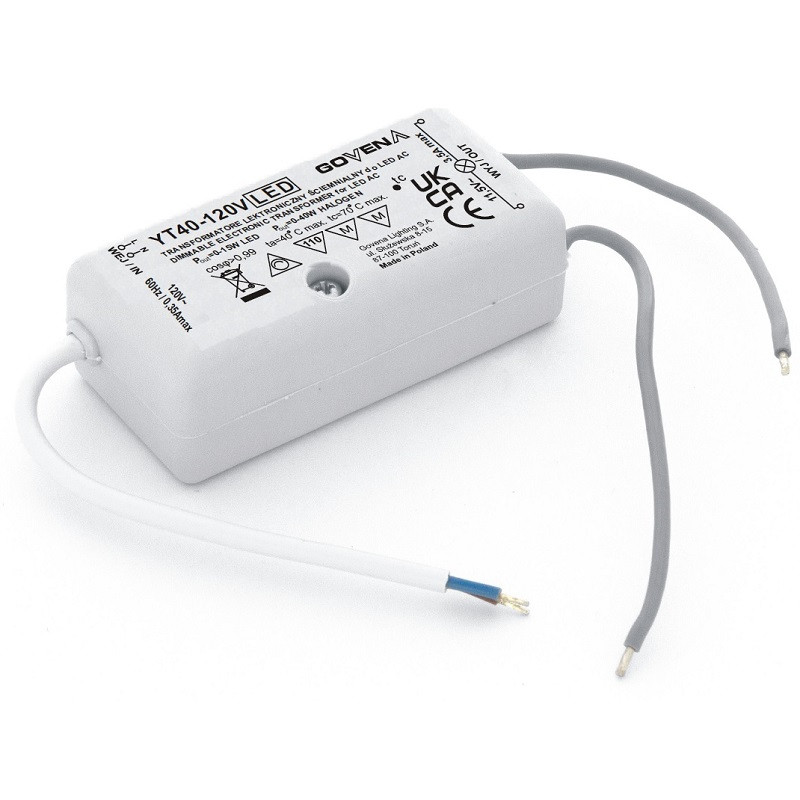Transformers play a crucial role in electrical power systems, ensuring efficient transmission and distribution of electricity. However, like any complex machinery, transformers are susceptible to faults that can disrupt their performance and compromise the reliability of the entire power system. In this article, we will delve into the various faults that can occur in a transformer, shedding light on their causes, symptoms, and potential solutions.
- Insulation Failure:
Insulation failure is one of the most common faults in transformers. It can be caused by aging, overheating, mechanical stress, or environmental factors. When insulation breaks down, it can lead to short circuits, arcing, and even catastrophic failures. Regular insulation testing and maintenance are essential to detect and prevent such faults. - Winding Faults:
Winding faults encompass a range of issues, including open circuits, short circuits, and inter-turn faults. These faults can result from manufacturing defects, thermal stresses, or mechanical damage. Symptoms may include abnormal noise, overheating, or voltage fluctuations. Early detection through regular testing and thorough inspections is crucial to mitigate the risks associated with winding faults. - Tap Changer Problems:
Tap changers are used to adjust the transformer's turns ratio, allowing voltage regulation. However, tap changer failures can occur due to mechanical wear, contact issues, or control circuit malfunctions. These faults can lead to voltage instability, improper load sharing, or even complete transformer shutdown. Regular maintenance and monitoring of tap changers are necessary to ensure their proper functioning. - Cooling System Malfunctions:
Efficient cooling is vital for a transformer's optimal performance. Cooling system faults, such as blocked cooling channels, malfunctioning fans, or leaks in the cooling oil system, can lead to overheating and accelerated aging of the transformer. Regular inspections, cleaning, and maintenance of the cooling system are essential to prevent such faults and ensure efficient heat dissipation. - Overloading and Overvoltage:
Operating a transformer beyond its rated capacity or exposing it to excessive voltage stresses can result in accelerated aging, insulation breakdown, and even catastrophic failures. Proper load management, voltage regulation, and adherence to operational limits are crucial to prevent these faults.
Conclusion:
Transformers are critical assets in power systems, and understanding the potential faults they can experience is essential for ensuring their reliable operation. By addressing insulation failure, winding faults, tap changer problems, cooling system malfunctions, and overloading/overvoltage issues, operators can minimize downtime, enhance safety, and extend the lifespan of transformers. Regular maintenance, testing, and monitoring are key to detecting and mitigating these faults, ensuring a resilient and efficient power supply.
